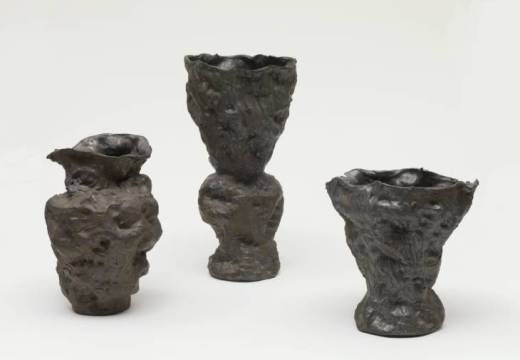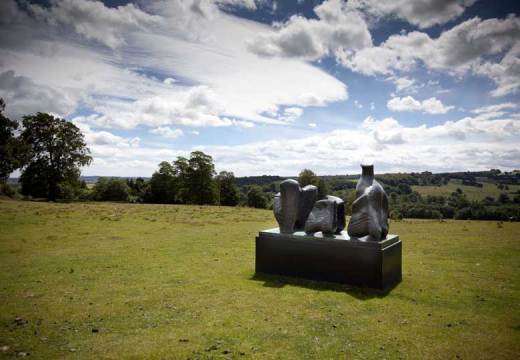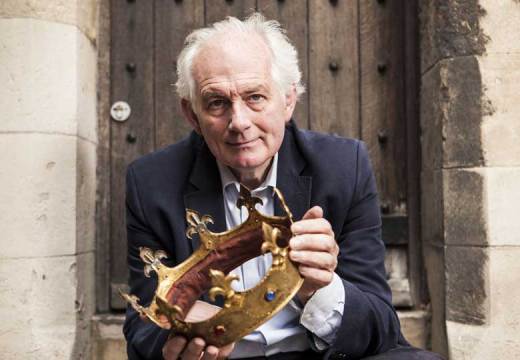It’s been 175 years since the invention of photography was first announced in Paris. The Städel Museum in Frankfurt is celebrating the anniversary with a major exhibition of photographs from its own impressive collection. We spoke to Felicity Grobien, one of the curators, about the exhibition and the significance of the museum’s holdings.
Click here for a gallery of highlights from the exhibition
Can you tell us a bit about the exhibition?
The exhibition offers a comprehensive overview of highlights from the photographic collection of the Städel Museum, exploring the most significant movements in the art of photography from its beginnings to the early 1960s. The show encompasses works by masters of photography from the 19th and first half of the 20th century, but also images from photographers who are widely forgotten today but are worth rediscovering.
What makes this a distinctive show?
The show presents the foci of the museum’s photography collection. Important tendencies such as early Italian photography from the 19th century, the Czech avant-garde and the Bauhaus, as well as the experimental work by the group fotoform around Otto Steinert provide fascinating insights into the development of photographic art.

La Comtesse de Fleury (1952), Otto Steinert. Photo: Städel Museum – ARTOTHEK © Nachlass Otto Steinert, Museum Folkwang, Essen
How did you come to curate this exhibition?
We thought this year’s jubilee – celebrating 175 years since the invention of photography – was the perfect occasion to present the photographic collection for the first time in a special exhibition. Whilst we can normally present only a small selection of photographs in our permanent presentation, this exhibition is an opportunity to invite our visitors to see a broader spectrum of this multifaceted medium and explore its history.
What is likely to be the highlight of the exhibition?
Most definitely the fact that the Städel Museum was the first art museum to exhibit photographs as early as 1845, only six years of the invention of the new medium was announced to the public in Paris. The idea that photographs were presented alongside paintings and sculptures as a matter of course this early is fascinating.
And what’s been the most exciting personal discovery for you?
When selecting the works for the exhibition I found it most exciting to see how colourful the supposedly black and white photographs really are. The different techniques and approaches the photographers explored over the past 175 years brought most delicate results.
What’s the greatest challenge you’ve faced in preparing this exhibition?
When producing the catalogue we often found it very challenging to reproduce the photographs. It is difficult to come close to the fine nuances, shades of colour, effects and blurring in the reproductions of the works. However, these difficulties underline the uniqueness of the original.
How are you using the gallery space? What challenges will the hang/installation pose?
Our aim when designing the exhibition was to create a space that doesn’t distract from the photographs but that emphasises the individual aspects of the works. The walls and carpet are of the same shade of grey and form minimal but all-encompassing cabinets. This reduced presentation allows the viewer to focus on the photographic prints themselves, which will be lit very carefully. The works are framed in a variety of frames, which were chosen for each photograph individually and underline the singular status of each and every one of the prints.
Click here for a gallery of highlights
‘Lichtbilder. Photography at the Städel Museum from the Beginnings to 1960’ is at the Städel Museum, Frankfurt, from 9 July–5 October.














![Masterpiece [Re]discovery 2022. Photo: Ben Fisher Photography, courtesy of Masterpiece London](http://zephr.apollo-magazine.com/wp-content/uploads/2022/07/MPL2022_4263.jpg)
‘Like landscape, his objects seem to breathe’: Gordon Baldwin (1932–2025)